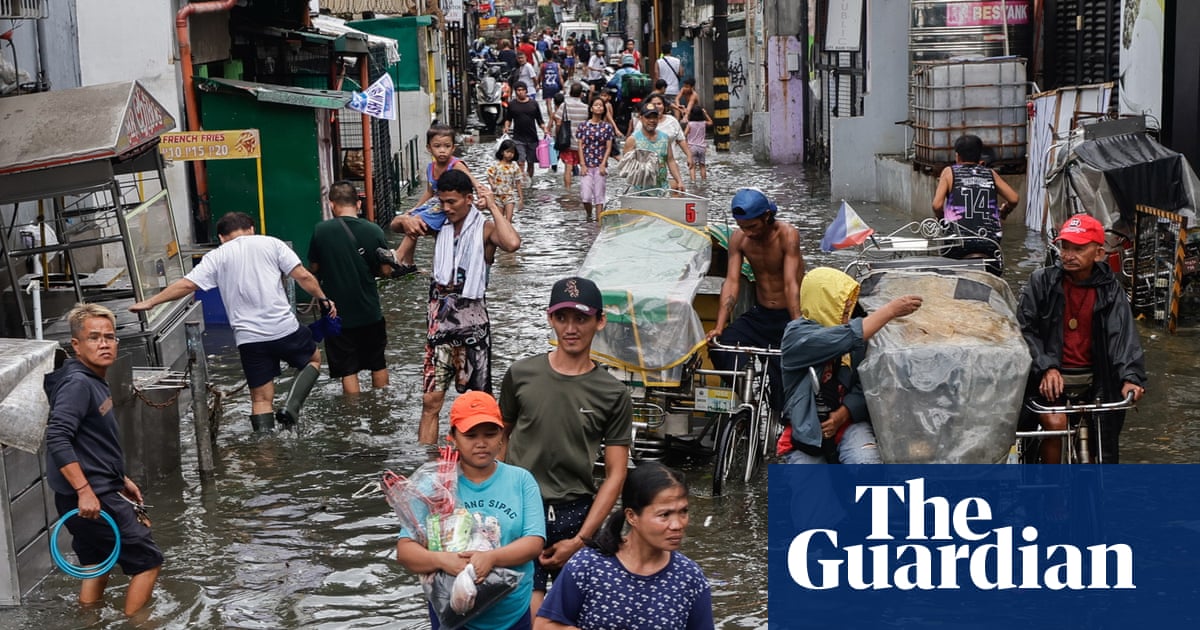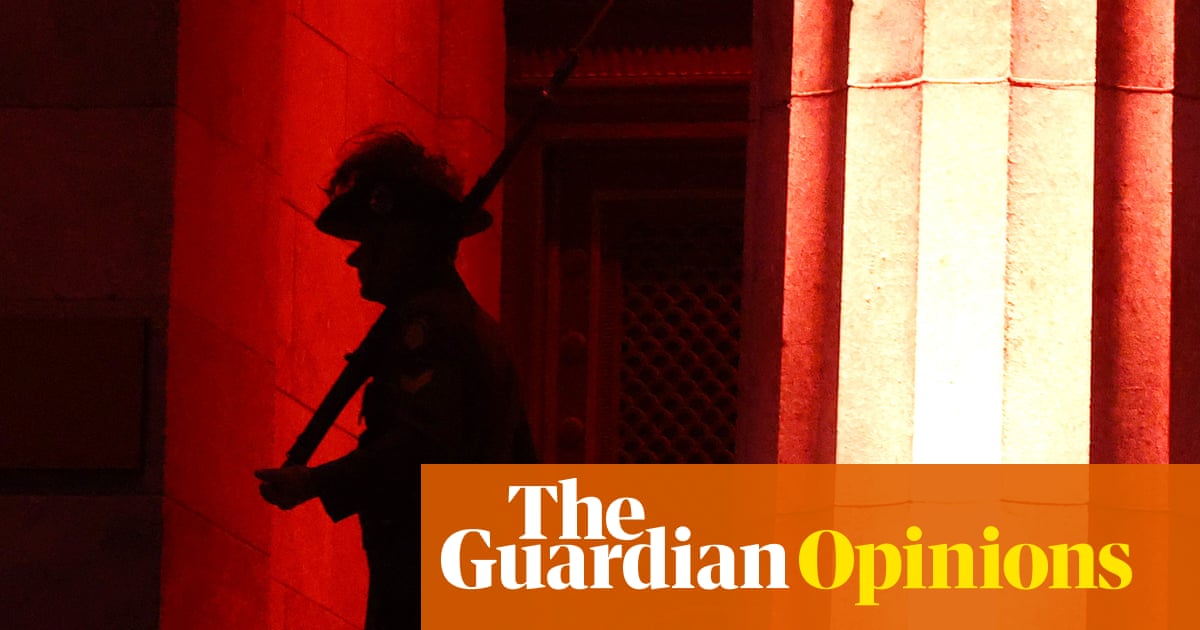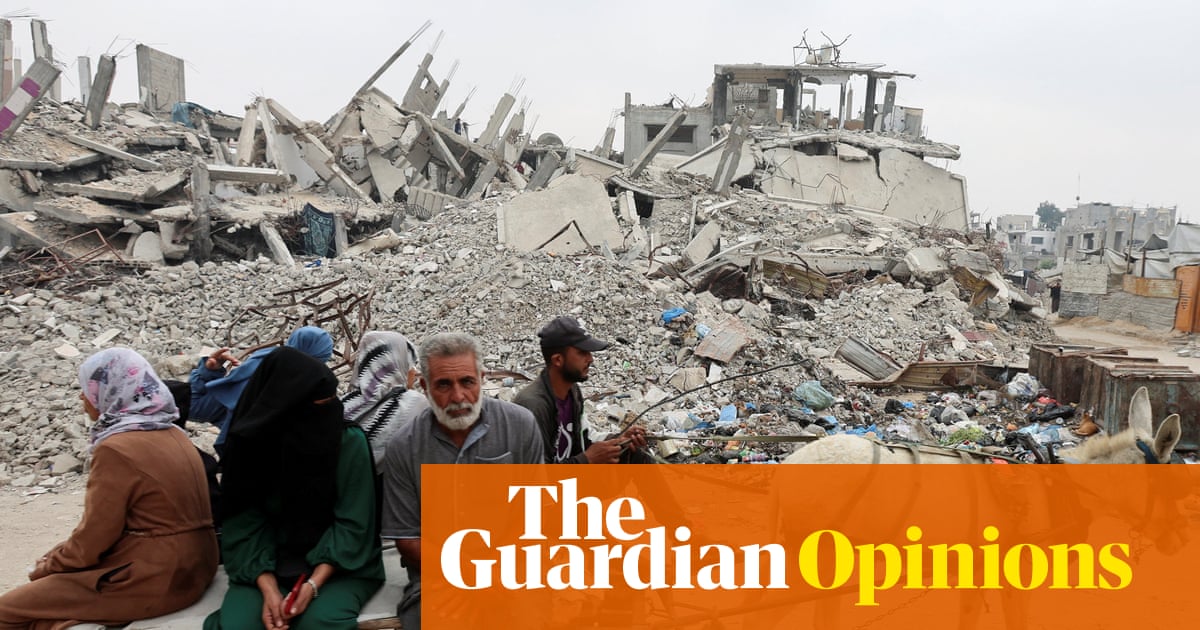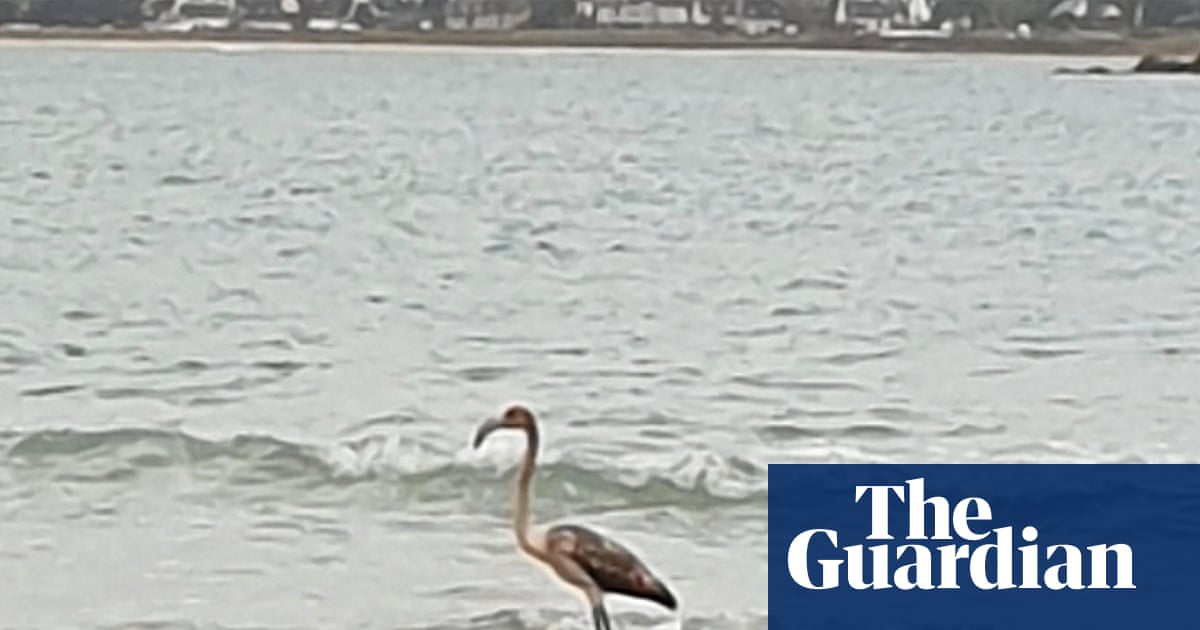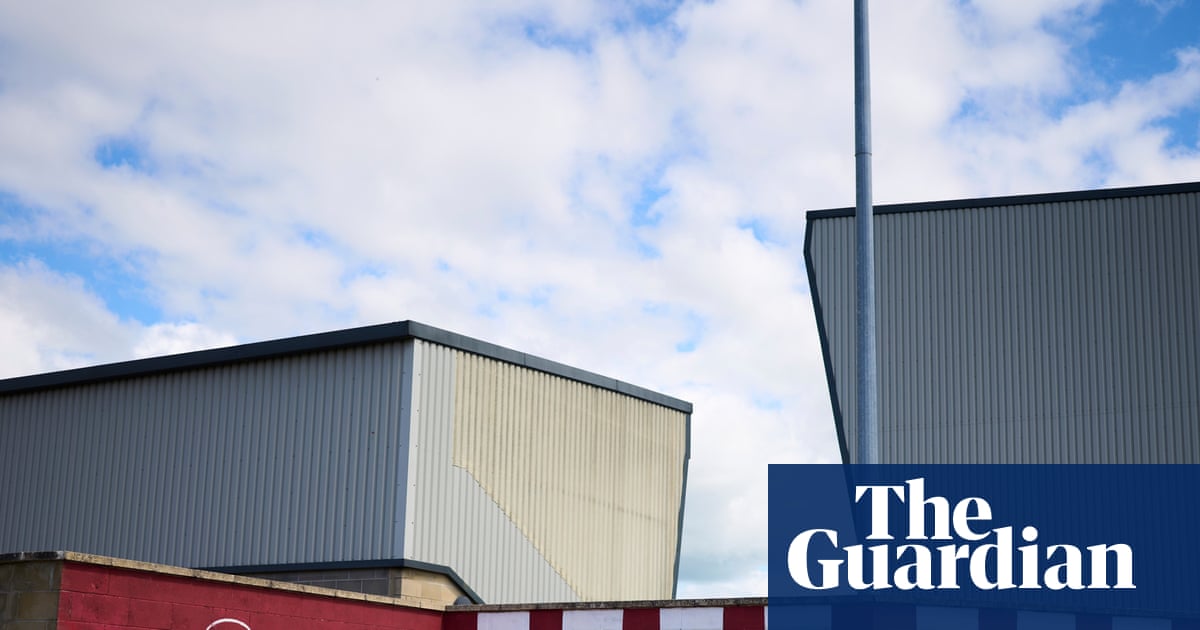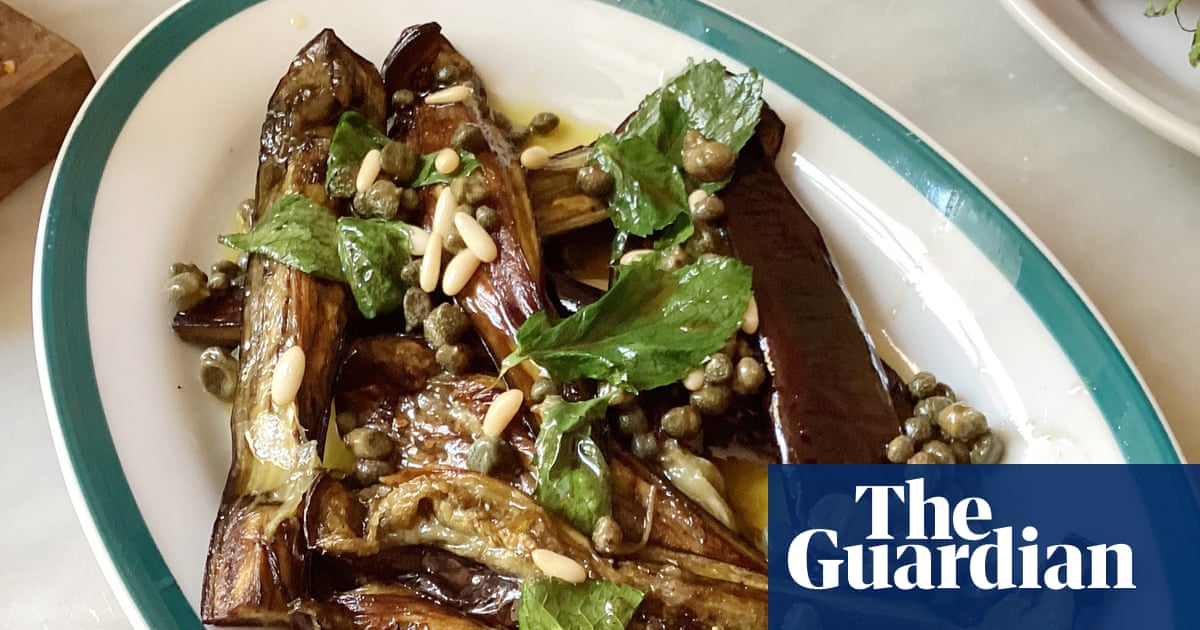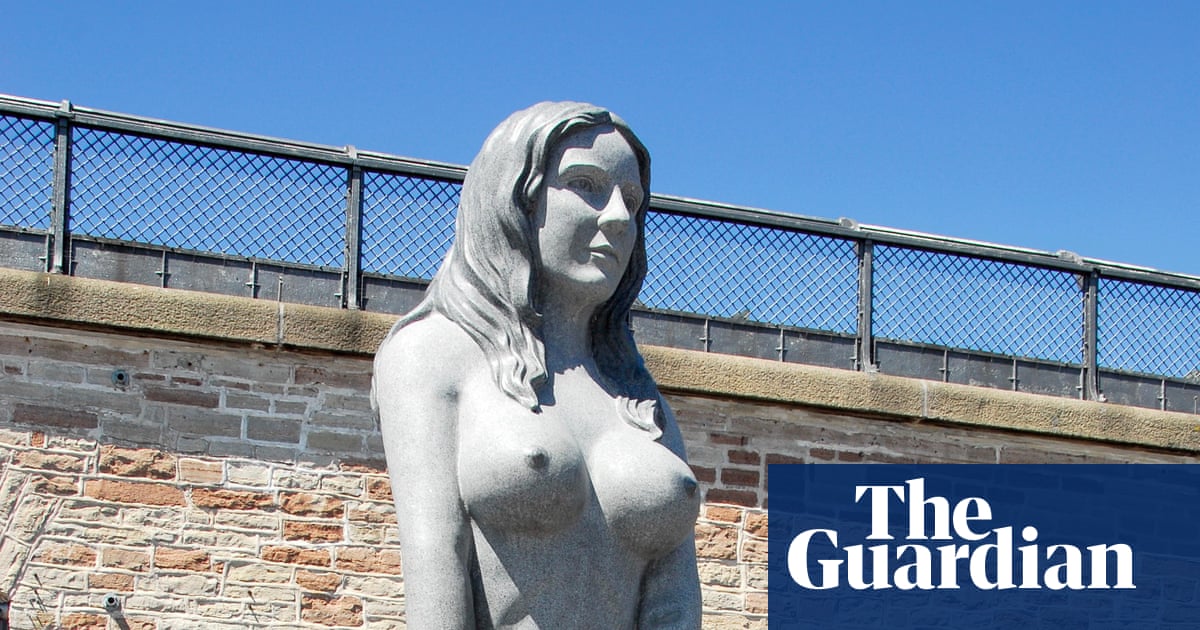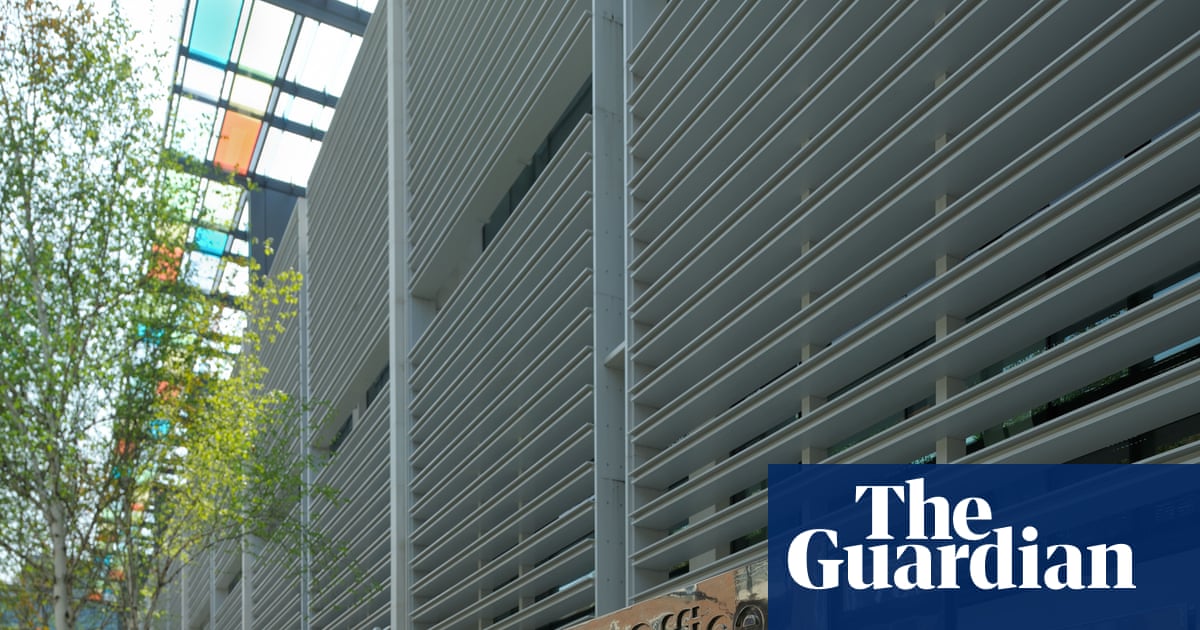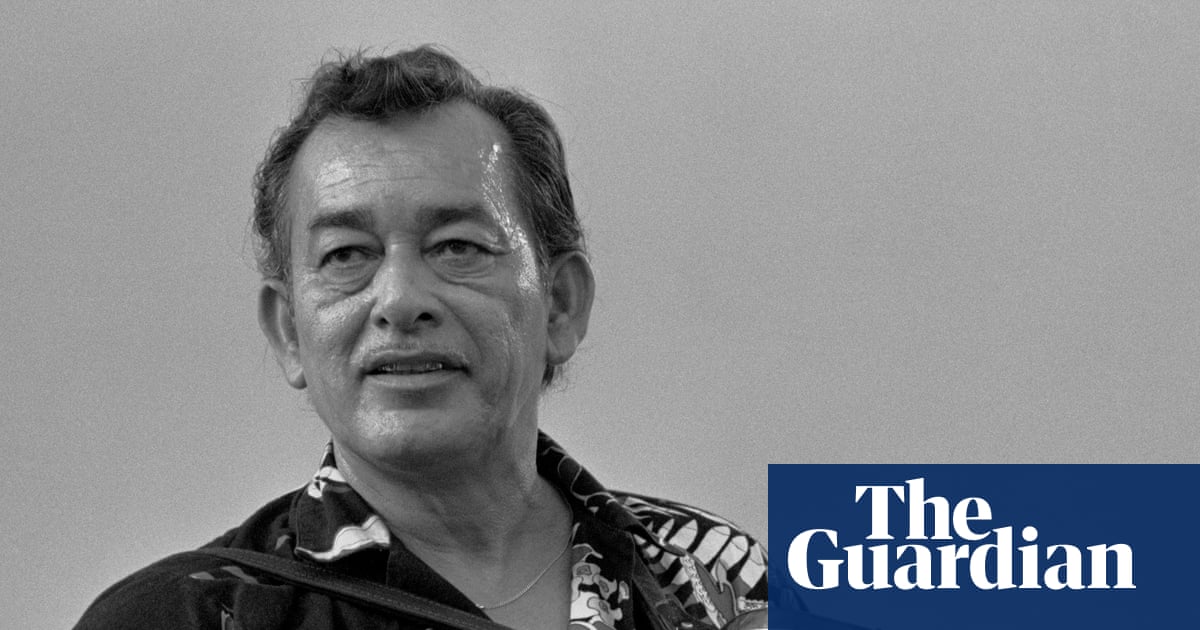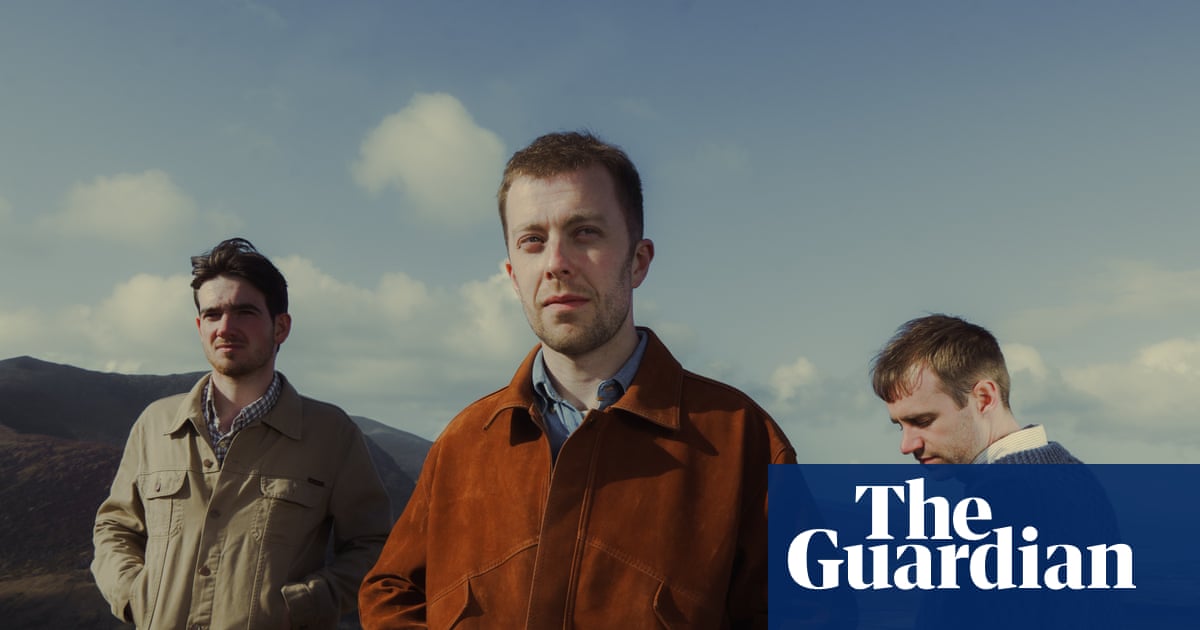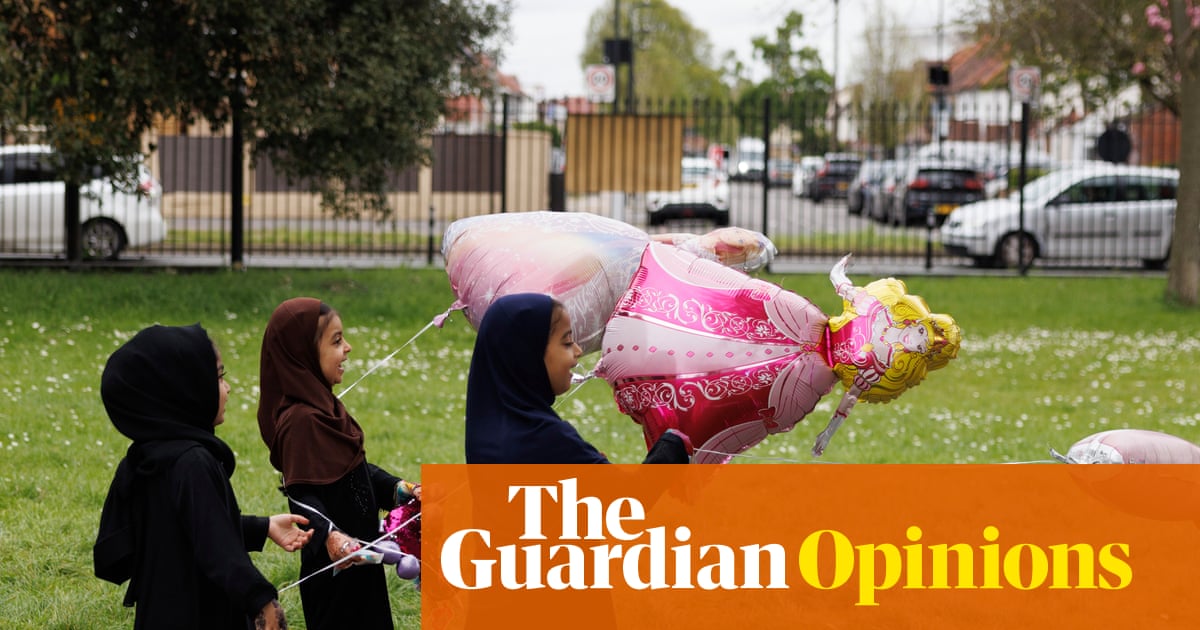On the west coast of New Caledonia, Isobelle Goa searches the thick, tangled mangrove roots for mudcrabs. Goa lives on the outskirts of the archipelago’s most famous mangrove formation: a light-green, heart-shaped patch of forest known as the Heart of Voh.
“It is grandiose. It’s what God has put on the land for us,” Goa says.
“It has a presence about it. My heart carries this heart with it. It is important to protect it and be kind to the mangroves inside.”
Its iconic outline brought the Heart of Voh international recognition and is plastered across billboards on New Caledonia, a symbol of the Pacific territory’s pristine natural environment.
But the heart is now under assault from the climate crisis, as rising seas change the salinity of the water and alter the kind of vegetation that can survive there. Its distinctive shape and the ecosystem within it are also changing.
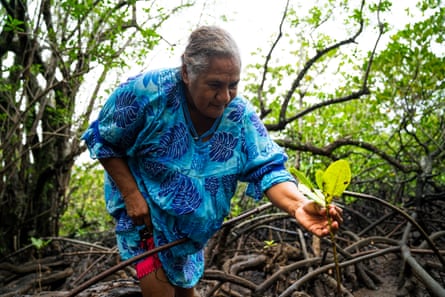
In the late 1990s the pale, barren surface of the heart contrasted sharply with the green mangrove forest around it, creating its iconic silhouette when viewed from above. Sitting slightly above the surrounding mudflats, the heart’s soil was dry and salty – too extreme for vegetation to grow.
“It was just a yellowish salt flat,” says Dr Cyril Marchand, a mangrove expert at the University of New Caledonia. “No mangroves could survive there.”
Over the past 20 years, the conditions in the water began to change. A species of salt-tolerant mangrove called Avicennia started to grow there and has now fully colonised the heart.
The change is linked to rising sea levels: data shows waters along New Caledonia’s west coast have risen about 2mm a year for several decades. As tidal waters flow into the heart more frequently, the salty soil becomes diluted – the ideal conditions for Avicennia to grow. As the species spreads, the heart’s distinctive shape is changing.
Marchand says if sea levels continue to rise, the salinity will reduce further. That will again change the conditions to allow another species of mangrove – Rhizophora – to spread across the heart.
“It’s possible that in 30, 40 or 50 years, only Rhizophora will grow there,” Marchand says. “The heart may vanish entirely.”

While increased mangrove cover seems positive, sea level rise is also inundating and removing mangrove habitat closer to sea. The changing ecosystem means sea levels and mangroves are pushing closer to coastal communities, reducing land availability and marine habitats.
Tracking changes in the heart
Mangroves have always shifted and changed over time, but Marchand says it is now happening at an unprecedented speed. By drilling deep into the mud and assessing sediment patterns, Marchand and his team were able to determine how mangroves have moved over time.
“In the past, it would take 500 years [for mangroves to migrate this far], now it’s happening in decades, driven by climate change,” he says.
Changes to mangroves – and the ecosystems they support – are significant for coastal communities relying on them for livelihoods. Globally, it is estimated that more than half of mangrove systems are at risk of collapse by 2050, and between 1994 and 2020 coverage of mangroves decreased by 3.4% around the world.
“It’s important for the whole world to protect mangroves because our biodiversity is just so unique,” Marchand says.
“For the local people, the fishermen, the Kanak, mangroves are important. The Heart of Voh is symbolic of that.”
In recent years, satellite technology has been used to track real-time changes in the Heart of Voh and surrounding mangroves.
after newsletter promotion
“We can go up to 15 centimetres of resolution using satellite imagery and collect data during the night and bad weather like cyclones,” says Rémi Andreoli, deputy director at Bluecham, a company specialising in satellite imagery and data collection. “It’s a lot easier to observe from space than walking through mud up to your knees.”
Andreoli has been tracking the Heart of Voh mangrove system for the past 12 years. The satellite data can detect biochemical changes otherwise invisible to the eye. The information is used by researchers monitoring changes to the Heart of Voh, as well as to assess the impact of mining activities on the environment.
“It’s really powerful to monitor variation between species and changes in tree cover and to see how mangroves are evolving over time in the face of climate change,” Andreoli says.
“We use this information to help businesses, decision makers and scientists to assess mangroves status and protect their environment.”
‘We can’t let it slip away’
Protecting the heart is a priority for the local community and tourism operators.
For over 15 years Günter Gerant, a pilot at tourism flight company Haut Vol, has shown tourists the Heart of Voh by air. He says it is one of the most famous things to see in New Caledonia.
“We [Haut Vol] started the discovery flights because everyone wanted to see the Heart,” Gerant says.
The veteran pilot plays an important role in the local economy. “People come to see the Heart, our mangroves and our coral reefs so it’s really important to maintain these ecosystems for our livelihoods,” he says.
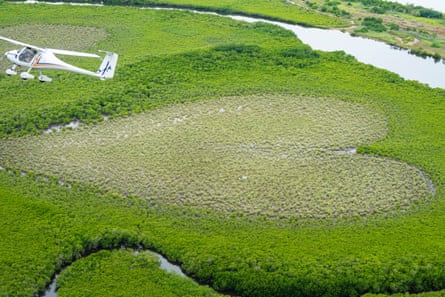
Back in Voh, locals stress the importance of protecting their mangroves.
Goa and a team of women from the nearby village plant mangrove propagules in a nearby nursery. She knows the mangroves are critical to her community’s survival.
“It’s an ecosystem that protects us from erosion and big waves. It protects us and the country,” she says. “Generation after generation teaches our children to hunt in the mangroves. We can’t let it slip away.”
Goa adds: “We have to protect it for the future of our culture.”

 2 months ago
63
2 months ago
63
